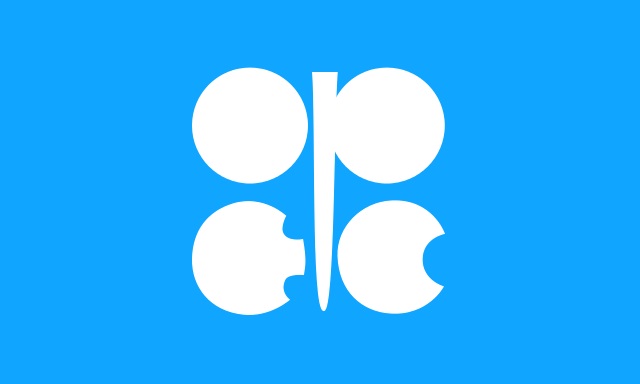
OPEC noted that global consumption is expected to rise in the second half of this year, creating total demand for 2015 at 92.5 million barrels a day. The “call on” OPEC crude to meet that level of consumption is projected at 29.3 million barrels per day, up 300,000 barrels a day over the 2014 demand for OPEC crude. World supply from non-OPEC countries is forecast to rise by 680,000 barrels a day in 2015, compared with supply growth of 2.17 million barrels a day in 2014.
Total non-OPEC supply is forecast to average 57.16 million barrels a day in 2015, unchanged from the cartel’s May forecast. Regarding U.S. production, the June report noted:
In North America, despite an increase in US crude oil output in March to average 9.53 mb/d, total US supply in 1Q remained unchanged at 13.56 mb/d. The pace of decline could accelerate in the US in the coming months. … The main factors for lower growth expectations in 2015 are low oil price expectations despite a small rise in 1Q15, declining numbers of active rigs in North America, and insufficient investment in upstream projects.
ALSO READ: Why the U.S. Government Is Adding to Strategic Petroleum Reserve
Then to underscore the market share strategy the cartel has followed since last November, the report crows a bit over the challenges facing U.S. producers in the major U.S. shale plays:
Extracting oil through fracking and other advanced methods is more expensive than extracting oil through more traditional drilling methods. Continually high supply, however, is holding oil prices down, and in the long run that could create serious complications for oil companies, especially companies that depend on fracking and other advanced methods of production. If oil prices remain low for too long, the industry will likely go through a period of consolidation.
OPEC’s own production rose by 24,000 barrels a day month-over-month in May to 30.98 million barrels a day. The largest gain was posted by Iraq, where production rose by nearly 105,000 barrels a day to 3.8 million barrels. These totals are based on secondary sources, not OPEC’s own data.
Even though supply continues to exceed demand by nearly 2 million barrels a day, OPEC expects the glut to ease over the next few quarters.
ALSO READ: Did the EPA Just Unofficially Endorse Frackers?
Thank you for reading! Have some feedback for us?
Contact the 24/7 Wall St. editorial team.




